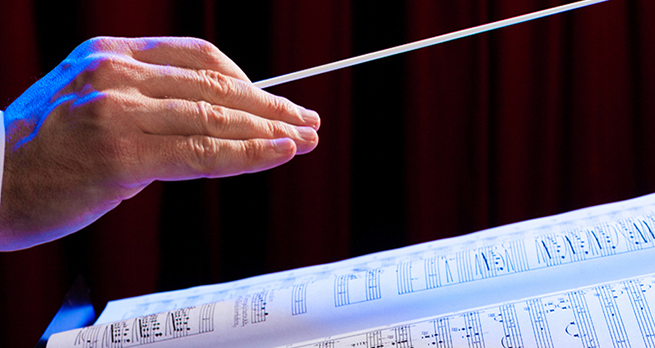1.1.2 Some things notations do
The notations featured in the previous section are all different.
The first example, Greensleeves, is in a notation that presents a clear instruction to the player about where to put their fingers on each specific string of a lute. Here, the lines represent the strings of the instrument and the letters/numbers represent the frets on the lute. The marks over the lines, are indicators of rhythm. Guitar chord symbols are similar, but they only provide a suggestion of where to put your left-hand fingers, and nothing else.
The second example, I Got Rhythm, is a lead sheet for a jazz standard. Jazz ensembles will typically construct a performance using only the lead sheet. Typically, the melody will be played by one (or more) of the musicians, while the rest provide an accompaniment based on the chords written above the melody. This will normally be followed by an improvised solo (or solos) over the chord progression.
The final example is a fourteenth century love song from the beautiful manuscript known as the ‘Chantilly codex’. The abstract representation of pitch and rhythm is the key element here. We can fathom very little about the physical aspects of performance (the ‘how to’), but it is an attempt to record the pitch and rhythm as a composer might have wanted it to sound. The shape of the notation is perhaps a poetic way of asking the performer to create a mood appropriate to a love song but does not affect the technical aspects of how it would be read.
What do you think are the primary elements of music that should be captured in any kind of notation?
